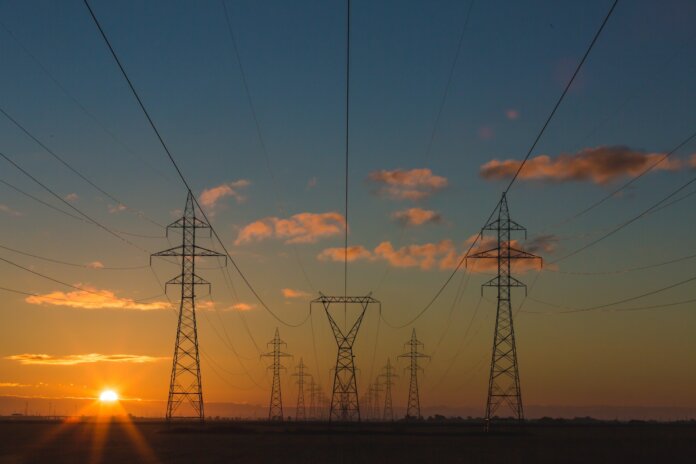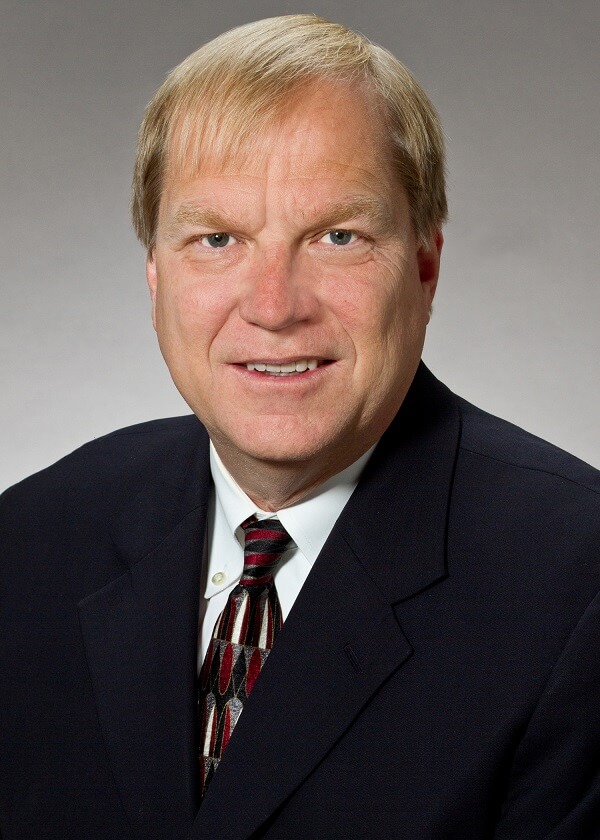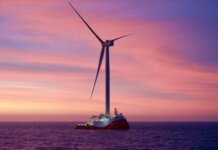
On balance, the rapid growth in North American wind power generation is a positive development. More projects and more connections to the grid will lead to more reliable energy systems and networks as well as electricity generated by a more diverse set of inputs.
There is, however, a downside to this growth. Grid operators are seeing a spike in potential projects seeking to connect to the power grid – a trend that is expected to continue as more developers pursue offshore wind projects. This rapid increase in the number of grid interconnection applications has negatively affected the ability of energy companies and grid operators to plan efficiently and effectively.
Although alternative offtake is an option for wind developers, in many areas the power-to-x particulars and, notably, leasing and permitting issues relating to co-locating facilities are not yet established. Accordingly, for many developers, grid connection appears to be a more attractive option from both timing and planning perspectives.
To address the situation, operators such as Midcontinent Independent System Operator (MISO) are rethinking the interconnection application process. These changes will have significant impacts on, and must be taken into consideration by, companies exploring the wind energy space and those in the early planning phases of a project.
An approval system under strain
An examination of recent publicly disclosed data can shed light on grid operators’ concerns and motivations. In 2022, for example, MISO received 956 generator interconnection queue submissions (before the deadline closed on September 15 last year) for projects expected to deliver more than 170 GW. The majority of these applications (by total gigawatts) involved wind, solar and hybrid projects, with natural gas and storage projects accounting for the bulk of the remaining submissions. MISO has noted that it believes that application volume will continue to rise in the near term, covering more than 200 GW of generation capability.

MISO also reports that 70% to 80% of projects in its interconnection application queue do not get built. This is the result of several forces, including current tariffs that incentivize speculative projects to enter the queue even with a small financial commitment. The current process also includes penalty-free withdrawal provisions that allow refunds of a significant portion of money invested.
To be sure, interconnection applications can add credibility to otherwise speculative projects and enhance developers’ ability to secure seed money. Unfortunately, a project’s acceptance into the queue is not in and of itself a good measure of the project’s viability.
Given the lengthy application review and approval process – every submission received by MISO must be carefully studied, which takes time and resources – developers are incentivized to submit applications early and often, whether the projects are viable or speculative.
Resizing the doorway for wind energy projects
As a result of this deluge of applications, MISO announced on June 20 that it will be developing and implementing a number of changes to its application and queue process, with the intent of weeding out speculative projects. A month later, and following interviews with stakeholders from multiple sectors, MISO’s Planning Advisory Committee presented a package of queue reforms.
Among other proposals, these reforms include the following:
- an increase in M2, M3, and M4 milestone payments;
- improved site control requirements for the point of interconnection;
- reduced availability of withdrawal and changes to withdrawal provisions (including an escalating automatic penalty); and
- automatic caps on queue size and the number of megawatts that any one developer can submit in future cycles.
These changes are expected to result in a more reliable evaluation process, fewer requests in a queue cycle (leading to faster determinations), better alignment between the study assumptions in current requests and an actual future dispatch, a reduction in withdrawals, and the option to use withdrawal penalties to lower the costs of projects that actually will be built.
Potential risks
Like everyone, grid operators do not work in a perfect world. MISO acknowledges that strengthening the requirements to enter and exit the queue could impede future generation development. And higher milestone payments and penalties for withdrawal might negatively affect the ability of smaller developers to obtain and retain funding to pursue viable projects.

Regulatory issues will also come into play. The Federal Energy Regulatory Commission’s recently released Order No. 2023 adopts a final rule regarding improvements to generator interconnection procedures and agreements to address interconnection queue backlogs, improve certainty, and prevent undue discrimination for new technologies. MISO is reviewing the order to determine how to respond to these directives and preparing its compliance filing, which is due 90 days after the order’s publication in the Federal Register.
Most immediately, MISO’s proposed changes will affect projects in the planning stages and push back the 2023 application deadline. New rules governing technical requirements, site control, and costs (among other issues) will impose additional hurdles.
Despite the potential challenges, there is hope that these reforms will ultimately streamline and make more predictable this very important process.
Lauren Mastio and Stephen Miller are members of the offshore wind initiative at Jones Walker LLP. Mastio can be reached at lmastio@jonesalker.com, and Miller can be reached at smiller@joneswalker.com.



